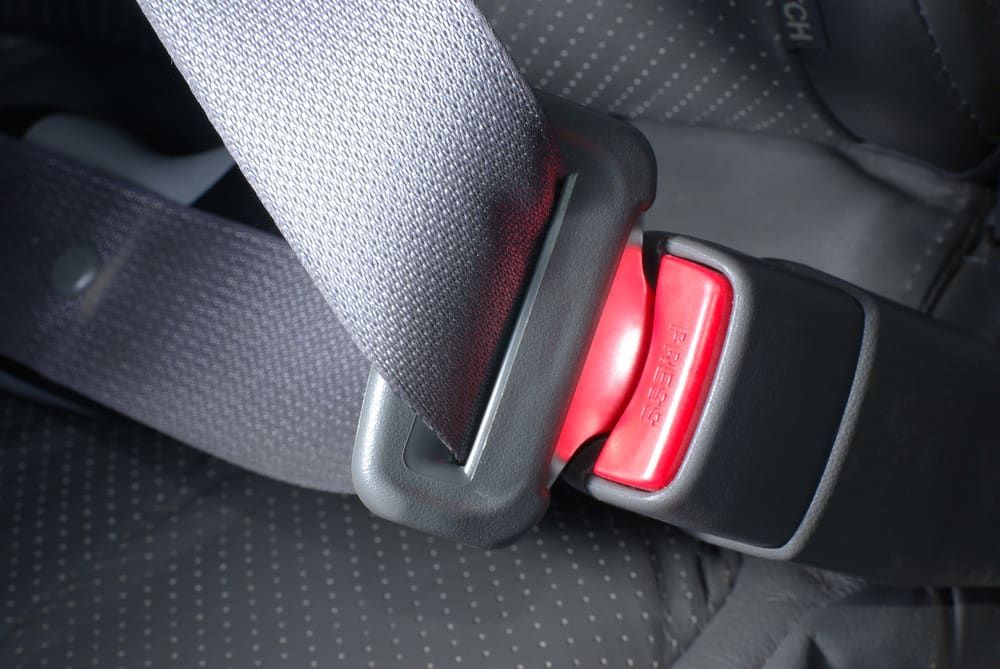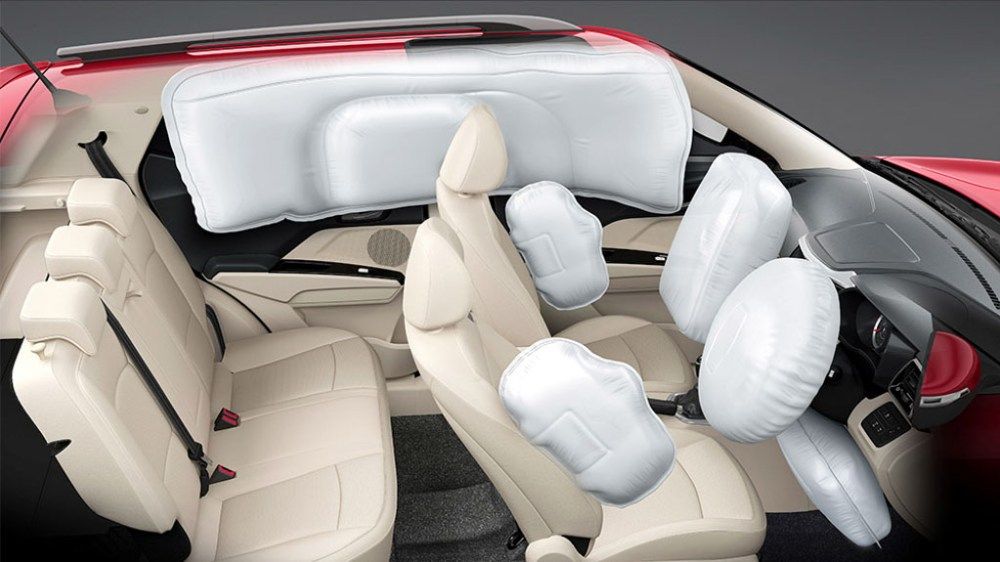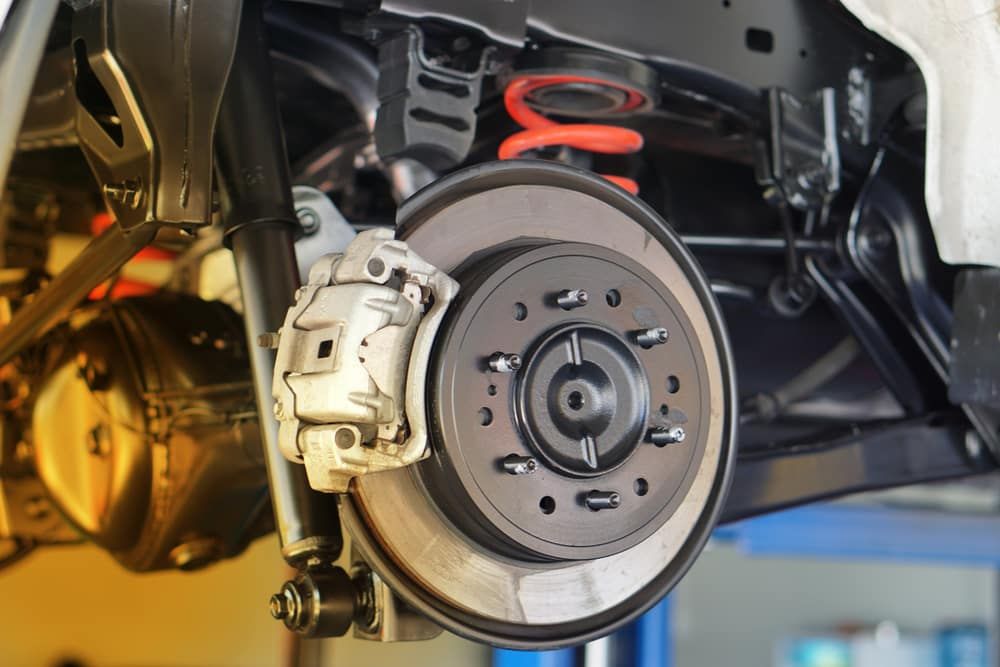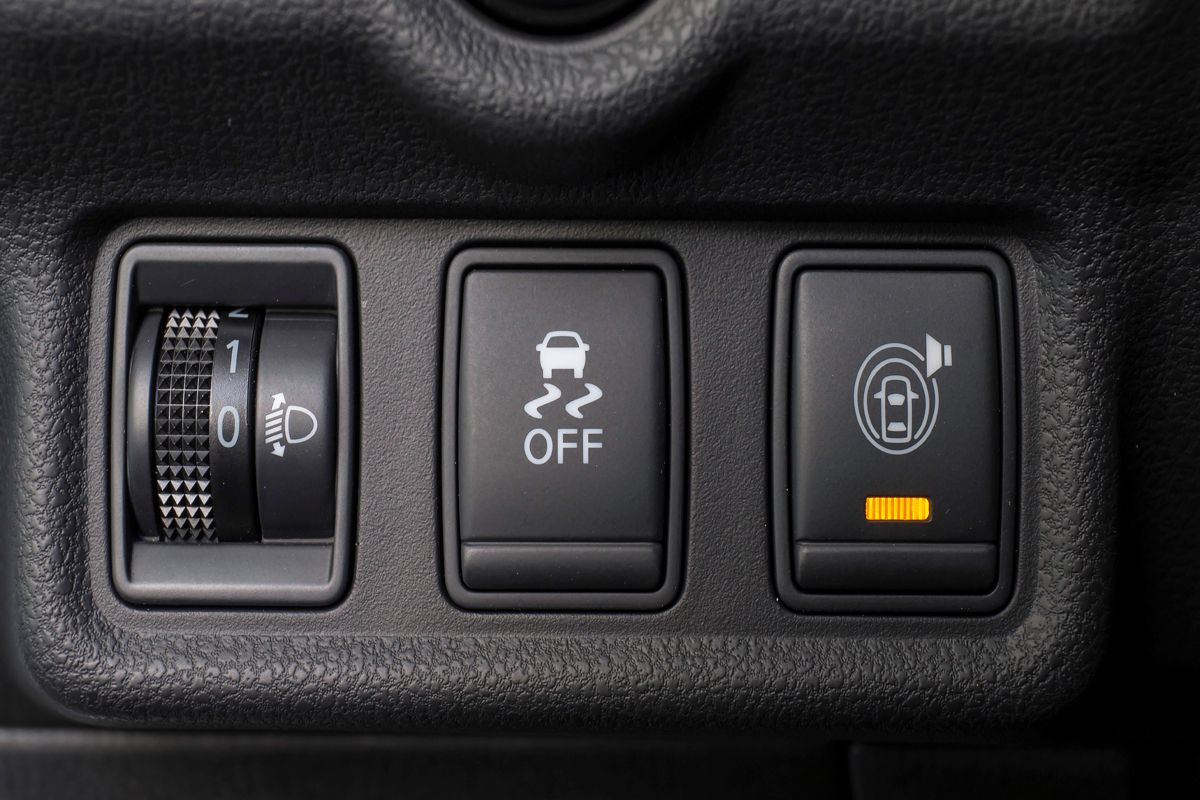The history of automobiles started with German inventor Karl Benz patenting his Benz Patent-Motorwagen in 1886. Following which in the 20th century, many other companies jumped into the automobile business, and cars became widely available. Starting with only the riches and officials, cars rapidly became accessible for the masses, and one such example is the 1908 Model T of Ford. Newer inventions in automobiles made the world faster but at the same time added to the figures of human deaths in road accidents rapidly increased.
For almost the first 50 years since the invention of the first automobile, hardly any automakers thought of adding safety features to their cars. However, since fatal injuries and instant deaths increased daily, car accidents became a major public health concern. The first breakthrough in car safety came in 1934 when General Motors performed a crash test for the first time on a 1929 Chevrolet. After which, automobile companies worldwide started experimenting with new ideas to provide a safe environment for both drivers and those on the road.
A series of inventions in automobile safety over the years has saved countless lives. Here are some of the breakthroughs in safety features that revolutionized the concept of safety in a car.
Seat Belts Arrive In 1958
Although seat belts were invented and patented much earlier than 1958, the most effective version that we see now did not come into existence until 1958. British engineer George Cayley invented the first seat belt in late 1800 to strap pilots inside their gliders. However, the first seat belt for automobiles was developed by Edward J. Claghorn of America, who did it to keep taxi riders safe.
The seat, however, was not considered as ‘crucial’ till 1954. Several scientists asserted the importance of seat belts through the tests of their functionality, and in 1954, their words were heard for the first time when the Sports Car Club of America made it mandatory to add seat belts in every racing car. The actual revolution in seat belt technology and its mass inclusion in cars was started by Volvo. In 1958, Swedish engineer Nils Bohlin invented a modern and much more effective three-point seatbelt in use even today. Volvo understood the importance of the seat belt and readily hired Bohlin for further development and equipped its cars with three-point seat belts. Volvo also released an estimation in 2002 showing that seat belts have saved more than one million lives since their introduction.
Since 1958, seat belts have evolved much, and at present, the most advanced seat belt is the ‘Inflatable Safety Belt’ that Ford introduced in 2001. In this system, the shoulder belt contains an inflatable airbag that inflates in the event of a collision. Various seat belts are present today, from criss-cross seatbelts used in sports cars to self-tightening belts developed by Volvo.
Airbags Arrive In 1951
After seat belts, the most important safety feature that came was the airbags. It protected the driver and passengers from head-on collisions or side crashes. The first rudimentary designs of airbags were patented by German Walter Linderer and American John Hetrick in 1951. Walter Linderer’s airbag system was based on compressed air, released either after a hit on the bumper or was manually launched by the driver. John Hetrick’s airbag was also based on the same system that he named ‘Safety Cushion Assembly for Automotive Vehicles.’
But the compressed air system for the airbags was practically proven ineffective in quickly inflating the bags, and the world had to wait another 17 years until Allen Breed came up with the world's first crash-sensing technology and patented it in 1968. Four years earlier than Breed's invention, Japanese automobile engineer Yasuzaburou Kobori invented the ‘Safety Net’ that used an explosive device to inflate airbags. This system became hugely popular, and fourteen countries accepted it.
Thereafter, almost all major American and German automobile companies developed their version of seatbelts, and from 1998, airbags became mandatory in all American vehicles. At present, most cars are equipped with two types of airbags - A front steering mounted airbag to save the driver from a head-on collision and side airbags or SABs to protect the driver’s head and chest from side impacts.
Anti Lock Braking System (ABS) - 1978
Apart from collisions, wet and icy roads were another major issue for car drivers. Conventional lock brakes were not very effective in stopping the vehicle in these conditions, and driver’s usually lost control of the car. ABS came as a solution for this problem, and Mercedes-Benz is undoubtedly the pioneer in this field. The ABS allows the car wheels for slower rotation under intense braking, thus enabling the driver to maneuver the car by steering.
Daimler developed this system to prevent wheels from skidding in 1953. The development led to the innovation of the Mercedes-Benz/Teldix Anti-Block System in 1966 that the German company developed in collaboration with Teldix based on an electro-hydraulic braking system. On the other side of the world, Chrysler also worked with Bendix to create a ‘Sure Brake’ system revealed in 1971. Simultaneously, another American automaker, Ford, introduced a single-channel counterpart of the system, followed by General Motors’s Trackmaster. Similar attempts were also made in Japan by Toyota and Nissan.
The final and most advanced version of all, the multi-channel four-wheel electronic ABS powered by electronics and microprocessors, was launched by Mercedes-Benz in 1978. The system was featured in the company's S-Class model. The system prevented wheel lock under intense braking, ensuring controlled erratic spins that saved drivers from fatal understeering.
Electronic Stability Control (ESC) - 1980
Oversteering proved to be equally fatal as understeering. Drivers were prone to oversteering under stressed situations, leading to complete loss of vehicle control and fatal crashes. BMW was the first to identify the oversteering tendency of drivers and developed an engine control system that lowered the torque when a stability issue was detected, which was the first version of ESC.
By lowering the torque, the ESC limited the slip angle and prevented vehicle spin. Following BMW, Mercedes launched its own ESC from its advanced ABS system and developed the Electronic Traction Control (ETC) and Acceleration Skid Control (ASC). Finally, a more advanced version of ESC was developed by Toyota under the name Vehicle Stability Control System (VSC).
Driving on roads has become more dangerous due to the increased number of vehicles and high speeds. However, to counter this, vehicle safety technology has also rapidly transformed and adopted smart ways to protect the riders. As a result, almost every leading automobile company regularly upgrades its safety measures to minimize fatalities. For instance, Volvo, renowned as the safest automaker globally, has launched two advanced features that will be present in its future cars. The first feature is a ‘Speed Cap’ with which all the future cars of Volvo shall have a limited 112 mph top speed, and the second one is the ‘Care Key’ that allows the car’s owner to add a speed cap when a new or less experienced driver is at the wheel.
Similarly, Mazda is working on a radar-based technology to make the driving of its vehicles safer. The ‘Mazda Radar Cruise Control’ system judges the relative speed and distance of a car in front to automatically control vehicle speed. Furthermore, Mazda has also launched a radar-based Rear Vehicle Monitoring System that measures the distance of vehicles approaching the rear vehicles and warns the driver.





